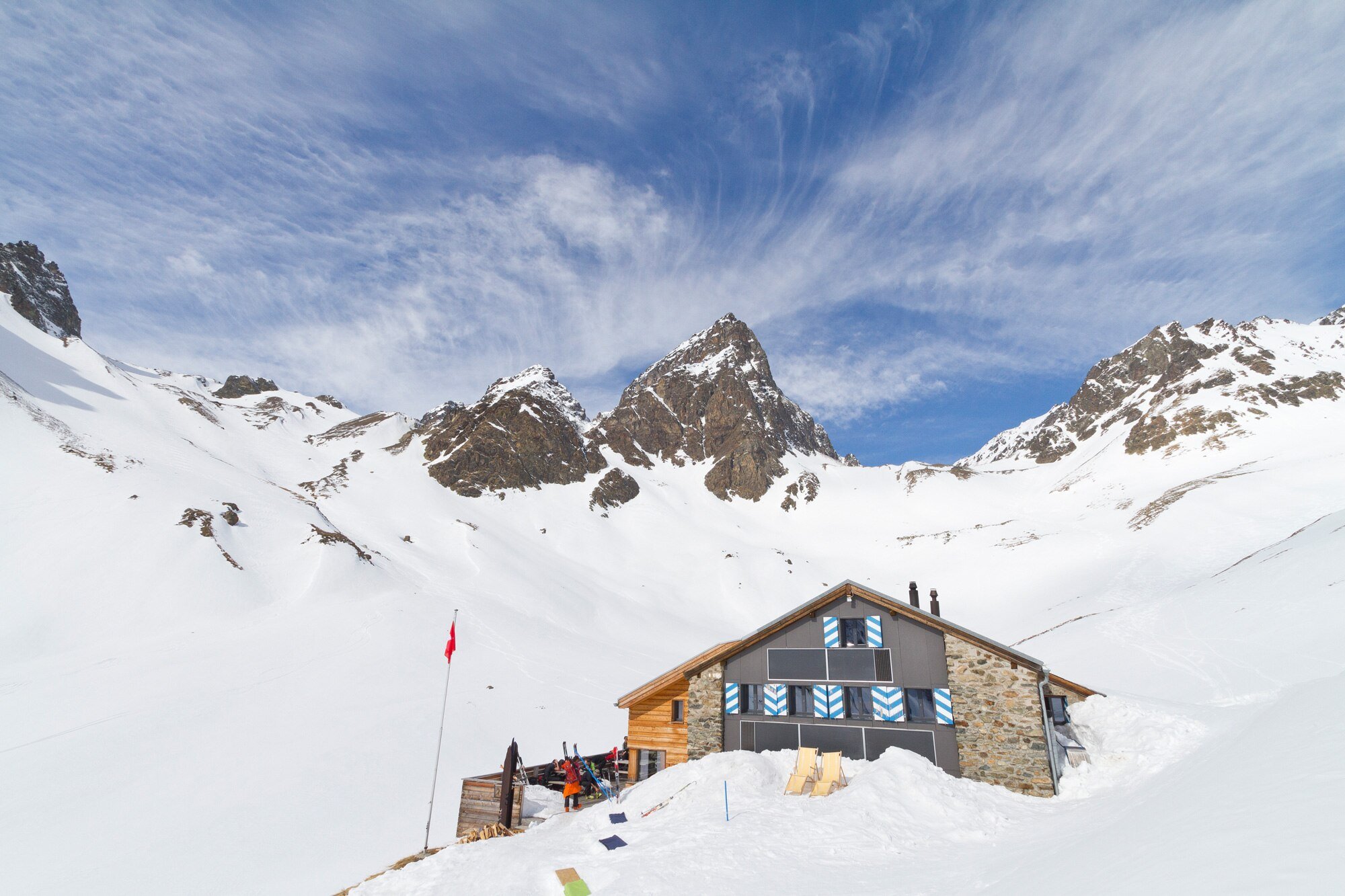For many it is a goal that one would like to achieve at least once: climb Austria’s highest mountain, the 3,798 m high Großglockner on the border between East Tyrol and Carinthia. However, such a project requires solid preparation and a training plan.

It is important to choose the right time for the ascent. "I recommend the second half of June or September," says the Salzburg Mountain guide Heinrich Lechner from peak experience. “There are fewer mountaineers and the conditions are mostly there better, because there is often some snow and the frost holds loose rock together. "
"A head for heights and surefootedness are essential," says Lechner. In addition, you should already have knowledge of alpine safety techniques and master walking and climbing with crampons and elementary climbing techniques.
If you are less experienced in high-altitude tours, you should hire a mountain guide for the Grossglockner in order to get to the top and back down safely.

Altitude training: you will be fit for the Grossglockner in 6 months
1. Basic training (6 months to the big day)
The right pulse is important. The sports doctor determines it exactly, otherwise it also does a rule of thumb: maximum heart rate minus age, of which 70 to 80 percent. Three units of running or cycling a week for 40 to 90 minutes build a good foundation.
2. Strength and balance (5 months to go)
Squats, lunges, gymnastics and stretching should be on the program at least once or twice a week at the latest. Flexible and powerful you swing more easily and elegantly over some ridges.
3. Work on the technique (4 months to go)
Glockner aspirants should be trained in walking with crampons and pimples and in climbing on light ridges. Basic skills of belaying are best trained in a rock and ice course. The right technology also helps when you are out with a mountain guide.
We’ll show you how in the video Climbing in the light rock succeeds:
4. Do vertical meters (3 months to go)
At the latest now, in addition to regular training, you can go to the mountains. You should achieve a daily output of 1,000 vertical meters 2 to 4 times a month. In low mountain ranges (1,500 – 2,000 m) you should now be able to cover about 350 meters of altitude per hour on the ascent.
5. Test and optimize (another 2 months)
Observe the weather and the conditions on the mountain. Now is the time to take a test tour that is similar in difficulty and height to the destination. For example, a somewhat challenging three-thousand meter climb in the Northern Limestone Alps, for example the hawk.
6.Fine finishing (the last Days before ascent)
Study descriptions and pictures, and mentally prepare for the tour. Ideally, one climbs just before it to a high, but technically simple summit like the Großvenediger. Acclimatization will make the Grossglockner easier.
RELATED ITEMS
-

11 ski touring helmets put to the test, mountain worlds
When touring and skiing, a helmet protects against injuries and keeps the ears warm. How well the helmets fit and have worked in practice…
-

Hiking with children: the best tips and tours, mountain worlds
We present you with a lot of interesting facts about "With children on the mountain": from touring and hut tips to inspiring stories and even more…
-

Toys for babies from 6 months old – toy tips
Toy baby 6 months – what fits at this tender age? The time of extended and frequent sleep phases is slowly coming to an end. The small…
-

11 huts for New Year’s Eve, mountain worlds
The best way to start the new year is on the mountain. We have 11 huts for everyone who sees it the same way and wants to greet them with a summit tour in 2020…
